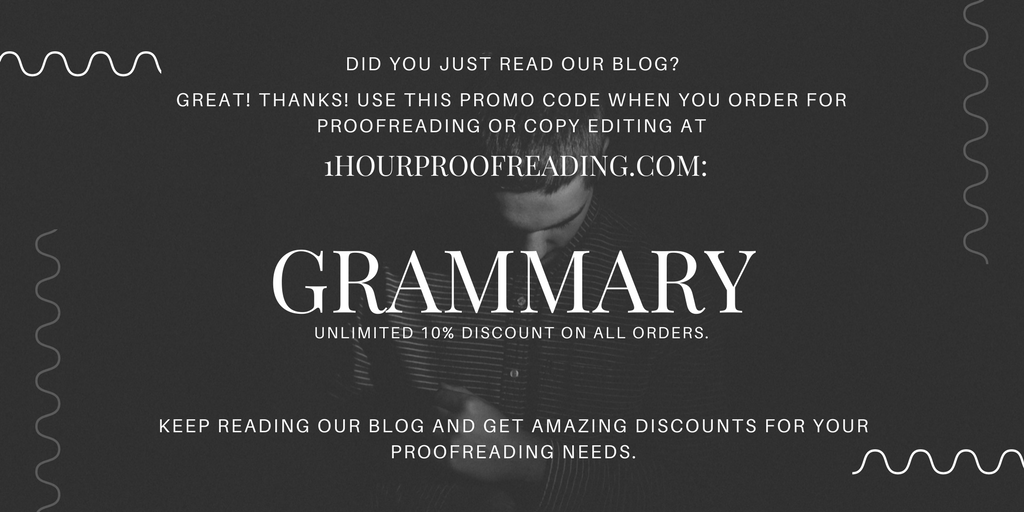What’s Your Style? The APA Format
Posted on Jan 10, 2017
When writing an academic paper, you will be required to follow a certain style book. This style book contains a set of rules for you to follow in terms of formatting, content, and citation.
With the number of research papers, journals, theses, and dissertations, it can be very hard to sort through them. Style books or guides are very important as they provide uniformity to manuscripts. They make it easier to read and to look for information needed.
The APA format is one of the most widely used style guides in academics. It’s used for psychology, social sciences, biology, anthropology, education, nursing, and other empirical disciplines. APA is intended to make scientific research easier to understand.
APA was created as a result of “information overload.” As more people sought to become professionals in the field of psychology, the number of scientific papers continued to increase as well. This made it harder for current professionals to digest the information. The solution suggested was that the papers be presented in a uniform style. Influenced by the industrialization of the decade it was born in, the APA style guide was created in 1929 with the intention to streamline research papers. Over time, APA was used by many disciplines, most notably the empirical sciences, because of its rigid, objective style.
The format dictates many things, the most basic being writing tone, content format, abstract length, required headings, punctuation, abbreviations, statistics presentation, tabulation format, in-text citation, and end-paper citation. Because it covers a lot of disciplines, APA has a very strict set of rules.
Some specific features of APA include a specific outline (title page, abstract, introduction, method, results, discussion, references, and appendices), the inclusion of in-text citation, double spaces, and paragraph indents, and the preference of the Times New Roman font style. Other than the usual formatting rules, an academic paper in APA is also required to be completely objective, without any figures of speech and attention-grabbing phrases. Papers in this format must always be neutral in tone.
If you feel like your APA is still a little rough around the edges, 1-Hour Proofreading is here to help. APA is our expertise when it comes to academic papers. Our friendly editors will be glad to look at your work and see if your paper is consistent with the required style.
Sources:
Check out other style guides in this series:
- Style Guide Series: The MLA Format
- Style Guide Series: The CMS Format
- Style Guide Series: Harvard Referencing
Disclaimer: Image is not ours. Credit to the owner.
About 1-Hour Proofreading
1-Hour Proofreading is a growing start-up offering fast and efficient editing services at a reasonable price with the assurance that the document is publication-ready the soonest you need it. Its team of highly competent professional editors is committed to helping those in need of quality editing services while facing tough deadlines.
Visit 1hourproofreading.com for more details.
Follow us:
Back to Grammary



